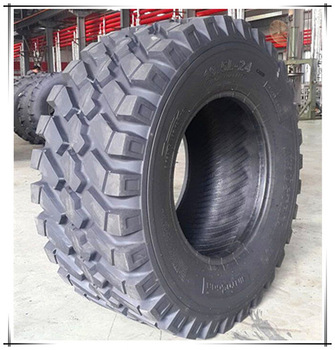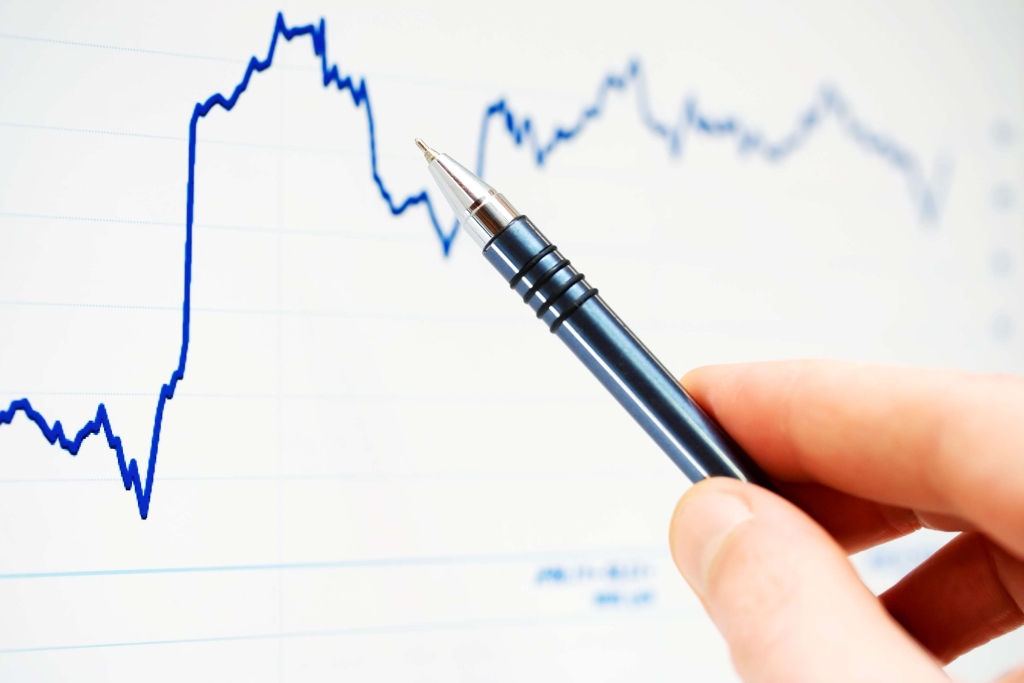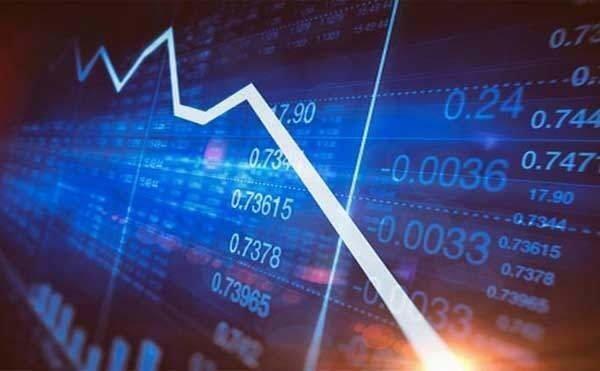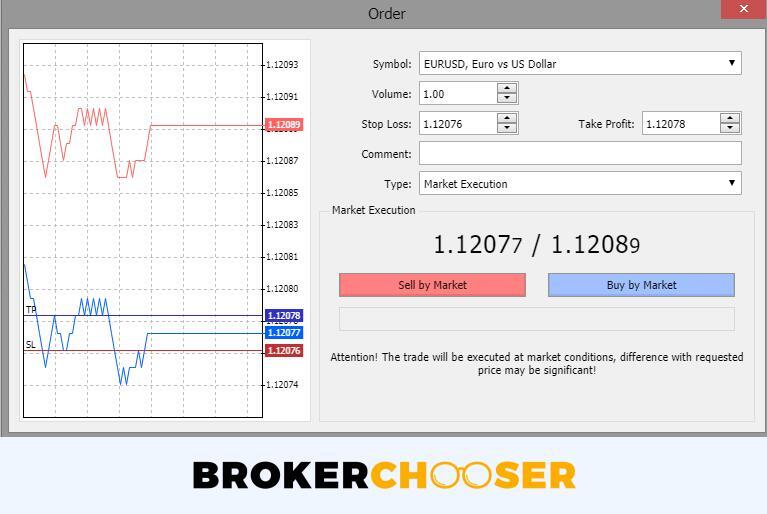The current 12 months’ payments are included as the current portion of long-term debt. The Current Ratio is a measure of a company’s near-term liquidity position, or more specifically, the short-term obligations coming due within one year. The current ratio is a very understanding cash flow statement vs income statement common financial ratio to measure liquidity. What makes the current ratio “good” or “bad” often depends on how it is changing. A company that seems to have an acceptable current ratio could be trending towards a situation where it will struggle to pay its bills.
How We Make Money
Current assets are things the company owns that could be converted to cash in the next 12 months. You can calculate the current ratio by dividing a company’s total current assets by its total current liabilities. Again, current assets are resources that can quickly be converted into cash within a year or less, including cash, accounts receivable and inventories. The current ratio includes inventory and prepaid expenses in the total current assets calculation within the formula.
Just a test of quantity, not quality:
The current ratio formula (below) can be used to easily measure a company’s liquidity. The current ratio, also known as the working capital ratio, measures the capability of a business to meet its short-term obligations that are due within a year. The ratio considers the weight of total current assets versus total current liabilities. In each case, the differences in these measures can help an investor understand the current status of the company’s assets and liabilities from different angles, as well as how those accounts are changing over time. Walmart has the lowest current ratio– with its current assets being less than its current liabilities.
How to Build Conflict Resolution Skills: Case Studies and Examples
These examples demonstrate how the current ratio is calculated and interpreted. It’s important to consider other financial ratios, industry standards, and the company’s performance over time to make a comprehensive assessment of its financial health. A low current ratio (generally below 1) suggests that the company does not have enough current assets to cover its short-term liabilities. This could be a sign of liquidity problems, implying that the company may struggle to pay off its debts. The current ratio is a liquidity ratio, a type of financial metric that provides insights into a company’s ability to pay off its short-term liabilities with its short-term assets.
Current ratio formula
The current ratio reflects a company’s capacity to pay off all its short-term obligations, under the hypothetical scenario that short-term obligations are due right now. A current ratio of less than one may seem alarming, although different situations can affect the current ratio in a solid company. For example, a normal monthly cycle for the company’s collections and payment processes may lead to a high current ratio as payments are received, but a low current ratio as those collections ebb. Various factors, such as changes in a company’s operations or economic conditions, can influence it.
Since companies usually sell inventory for more than it costs to acquire, that can impact the overall ratio. Additionally, a company may have a low back stock of inventory due to an efficient supply chain and loyal customer base. In that case, the current inventory would show a low value, potentially offsetting the ratio. Therefore, applicable to all measures of liquidity, solvency, and default risk, further financial due diligence is necessary to understand the real financial health of our hypothetical company. Finally, the operating cash flow ratio compares a company’s active cash flow from operations to its current liabilities.
The current ratio can be used to compare different companies across the same industry, helping identify businesses that are more financially secure. However, it’s essential to consider industry norms, as the ideal current ratio can vary across industries. The current ratio measures how well a company can meet its short-term obligations. It is an important gauge of a company’s health and indicates how likely the company is to pay its bills. A current ratio calculated for a company whose sales are highly seasonal may not provide a true picture of the business’s liquidity depending on the time period selected. Small business owners should keep an eye on this ratio for their own company, and investors may find it useful to compare the current ratios of companies when considering which stocks to buy.
Everything is relative in the financial world, and there are no absolute norms. The current ratio is a rough indicator of the degree of safety with which short-term credit may be extended to the business. On the other hand, the current liabilities are those that must be paid within the current year.
In this scenario, the company would have a current ratio of 1.5, calculated by dividing its current assets ($150,000) by its current liabilities ($100,000). Current assets are all the assets listed on a company’s balance sheet expected to be converted into cash, used, or exhausted within an operating cycle lasting one year. Current assets include cash and cash equivalents, marketable securities, inventory, accounts receivable, and prepaid expenses. In accounting terms, the current ratio is the ratio of current assets to current liabilities, and is often described as the liquidity of a company. To be classified as a current asset, the asset must be cash or able to be easily converted into cash in the next 12 months. Current liabilities are any amounts that are owed in the next 12 months.
By dividing the current assets balance of the company by the current liabilities balance in the coinciding period, we can determine the current ratio for each year. In comparison to the current ratio, the quick ratio is considered a more strict variation due to filtering out current assets that are not actually liquid — i.e. cannot be sold for cash immediately. For example, if a company’s current assets are $80,000 and its current liabilities are $64,000, its current ratio is 125%. However, if the current ratio of a company is below 1, it shows that it has more current liabilities than current assets (i.e., negative working capital). However, an examination of the composition of current assets reveals that the total cash and debtors of Company X account for merely one-third of the total current assets.
Loan committees and officers use the current ratio to determine how likely a company is to meet their financial obligations and pay their bills on time. A company with $1,000,000 in assets and $2,000,000 in liabilities would have a current ratio of 0.5. A company with $5,000,000 in assets and $3,000,000 in liabilities would have a current ratio of 1.67. Other ratios often used to complement current ratio analysis include receivables turnover ratio inventory turnover ratio and cash conversion cycle.
An investor can dig deeper into the details of a current ratio comparison by evaluating other liquidity ratios that are more narrowly focused than the current ratio. For example, in one industry, it may be more typical to extend credit to clients for 90 days or longer, while in another industry, short-term collections are more critical. Ironically, the industry that extends more credit actually may have a superficially stronger current ratio because its current assets would be higher. This means that Apple technically did not have enough current assets on hand to pay all of its short-term bills. Analysts may not be concerned due to Apple’s ability to churn through production, sell inventory, or secure short-term financing (with its $217 billion of non-current assets pledged as collateral, for instance).
Current liabilities include accounts payable, wages, accrued expenses, accrued interest and short-term debt. The resulting figure represents the number of times a company can pay its current short-term obligations with its current assets. What counts as a good current ratio will depend on the company’s industry and historical performance.
The current ratio can be expressed in any of the following three ways, but the most popular approach is to express it as a number. Hence, Company Y’s ability to meet its current obligations can in no way be considered worse than X’s. https://www.bookkeeping-reviews.com/ Bankrate.com is an independent, advertising-supported publisher and comparison service. We are compensated in exchange for placement of sponsored products and services, or by you clicking on certain links posted on our site.
The current ratio is part of what you need to understand when investing in individual stocks, but those investing in mutual funds or exchange-trade funds needn’t worry about it. Over 1.8 million professionals use CFI to learn accounting, financial analysis, modeling and more. Start with a free account to explore 20+ always-free courses and hundreds of finance templates and cheat sheets. The current ratio is most useful when measured over time, compared against a competitor, or compared against a benchmark.
For instance, while the current ratio takes into account all of a company’s current assets and liabilities, it doesn’t account for customer and supplier credit terms, or operating cash flows. Current assets are assets that are expected to be converted to cash within a normal operating cycle or one year. Examples of current assets include cash and cash equivalents, marketable securities, short-term investments, accounts receivable, short-term portion of notes receivable, inventories and short-term prepayments.
A current ratio of 2 suggests that Company A has twice as many current assets as current liabilities, indicating a strong liquidity position. However, if this ratio is significantly higher than other companies in the same industry, it may mean that Company A is not using its assets efficiently to generate profits and growth. The current ratio doesn’t take into account the timing of cash inflows and outflows. A company might have a high current ratio but still face liquidity problems if its current assets (like receivables) are not due for collection before its current liabilities need to be paid. When inventory and prepaid assets are removed from current assets before they are divided by current liabilities, Walmart’s quick ratio drops even lower than its current ratio. Since Walmart’s inventory is significant, it would make more sense to compare Walmart to other major retailers using the quick ratio rather than the current ratio.
- One limitation of the current ratio emerges when using it to compare different companies with one another.
- The Review Board comprises a panel of financial experts whose objective is to ensure that our content is always objective and balanced.
- Creditors are more willing to extend credit to those who can show that they have the resources to pay obligations.
- Current ratios are not always a good snapshot of company liquidity because they assume that all inventory and assets can be immediately converted to cash.
- A ratio of over 1 indicates a company that can meet all its short-term financial obligations and has more current assets than current liabilities.
If inventory turns into cash much more rapidly than the accounts payable become due, then the firm’s current ratio can comfortably remain less than one. Inventory is valued at the cost of acquiring it and the firm intends to sell the inventory for more than this cost. The current ratio shows a company’s ability to meet its short-term obligations. The ratio is calculated by dividing current assets by current liabilities. An asset is considered current if it can be converted into cash within a year or less, while current liabilities are obligations expected to be paid within one year. This ratio compares a company’s current assets to its current liabilities, testing whether it sustainably balances assets, financing, and liabilities.
You can find these numbers on a company’s balance sheet under total current assets and total current liabilities. Some finance sites also give you the ratio in a list with other common financials, such as valuation, profitability and capitalization. The current ratio is a metric used by accountants and finance professionals to understand a company’s financial health at any given moment. This ratio works by comparing a company’s current assets (assets that are easily converted to cash) to current liabilities (money owed to lenders and clients). The cash asset ratio (or cash ratio) is also similar to the current ratio, but it compares only a company’s marketable securities and cash to its current liabilities.
The current ratio and quick ratios measure a company’s financial health by comparing liquid assets to current or pressing liabilities. Other similar liquidity ratios can be used to supplement a current ratio analysis. It indicates the financial health of a company and how it can maximize the liquidity of its current assets to settle debt and payables.
Calculating the current ratio at just one point in time could indicate the company can’t cover all its current debts, but it doesn’t mean it won’t be able to once the payments are received. Current ratios are not always a good snapshot of company liquidity because they assume that all inventory and assets can be immediately converted to cash. In such cases, acid-test ratios are used because they subtract inventory from asset calculations to calculate immediate liquidity. During times of economic growth, investors prefer lean companies with low current ratios and ask for dividends from companies with high current ratios.
11 Financial may only transact business in those states in which it is registered, or qualifies for an exemption or exclusion from registration requirements. 11 Financial’s website is limited to the dissemination of general information pertaining to its advisory services, together with access to additional investment-related information, publications, and links. So, a ratio of 2.65 means that Sample Limited has more than enough cash to meet its immediate obligations.
A ratio of over 1 indicates the numerator (current assets) is greater than the denominator (current liabilities). A company with a current ratio of greater than one has more assets than liabilities and therefore has the ability to pay off all their obligations if they were to come due suddenly over the next twelve months. For instance, a company with a current ratio of 1 does not have as many assets as a company with a ratio of 3, although both companies would be able to pay off their short-term obligations. In 2020, public listed companies reported having an average current ratio of 1.94, meaning they would be able to pay their debts 1.94 times over, if necessary. Typically, a 1.0 current ratio is considered to be acceptable as the company has enough current assets to cover its current liabilities.
Also, it isn’t easy to compare the current ratios of different companies because each company uses its own inventory valuation method. In the current ratio equation, current liabilities are found by summing up short-term notes payable + accounts payable + payroll liabilities + unearned revenue. As the assets and liabilities are listed in the descending order of liquidity, current assets would appear above non-current assets. GAAP requires that companies separate current and long-term assets and liabilities on the balance sheet. This split allows investors and creditors to calculate important ratios like the current ratio.
Comparing the Current Ratio with other liquidity ratios, like the Quick Ratio or the Cash Ratio, can offer a more nuanced view of a company’s financial health. The Quick Ratio, for example, excludes inventory from current assets, providing a more conservative measure of liquidity. By examining multiple liquidity ratios, investors and analysts can gain a more complete understanding of a company’s short-term financial health. These ratios are helpful in testing the quality and liquidity of a number of individual current assets and together with current ratio can provide much better insights into the company’s short-term financial solvency. The current ratio is widely used by investors, creditors, and financial analysts as a tool for assessing a company’s financial stability. It provides a snapshot of the firm’s ability to cover its current liabilities with its current assets, making it an important tool for risk assessment.

 https://fxdu.net/ четко видно расхождение, направление цены может неожиданно измениться из‑за появления новой информации, например корпоративной новости или отчета. Индикатор MACD позволяет определить перекупленность или перепроданность актива, то есть предсказывать разворот движения его цены. Свечной график позволяет более подробно видеть движение цены, так как вместо одной точки показывается целая область, в которой находилась цена в выбранный отрезок времени.
https://fxdu.net/ четко видно расхождение, направление цены может неожиданно измениться из‑за появления новой информации, например корпоративной новости или отчета. Индикатор MACD позволяет определить перекупленность или перепроданность актива, то есть предсказывать разворот движения его цены. Свечной график позволяет более подробно видеть движение цены, так как вместо одной точки показывается целая область, в которой находилась цена в выбранный отрезок времени.






